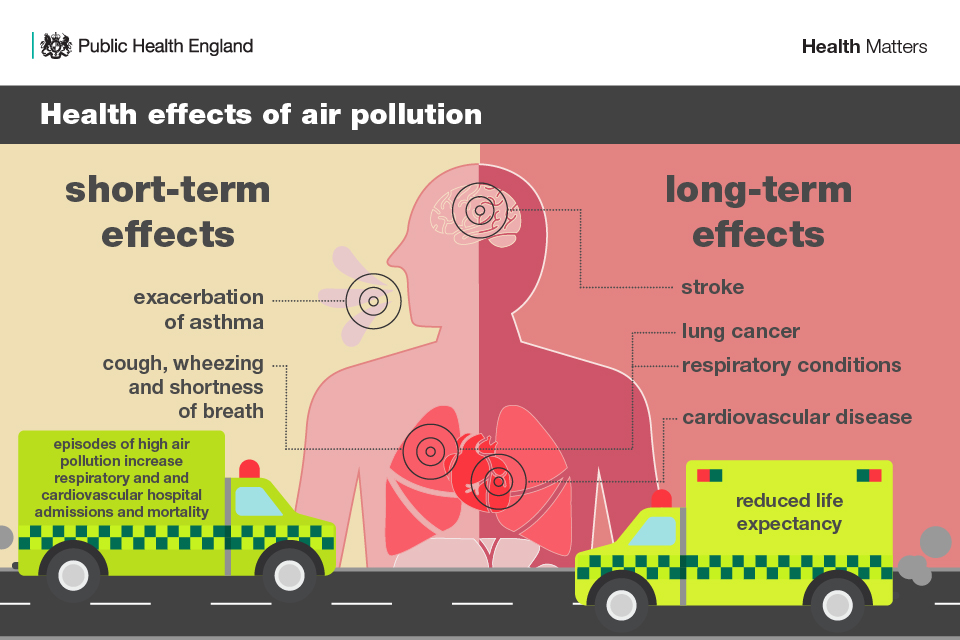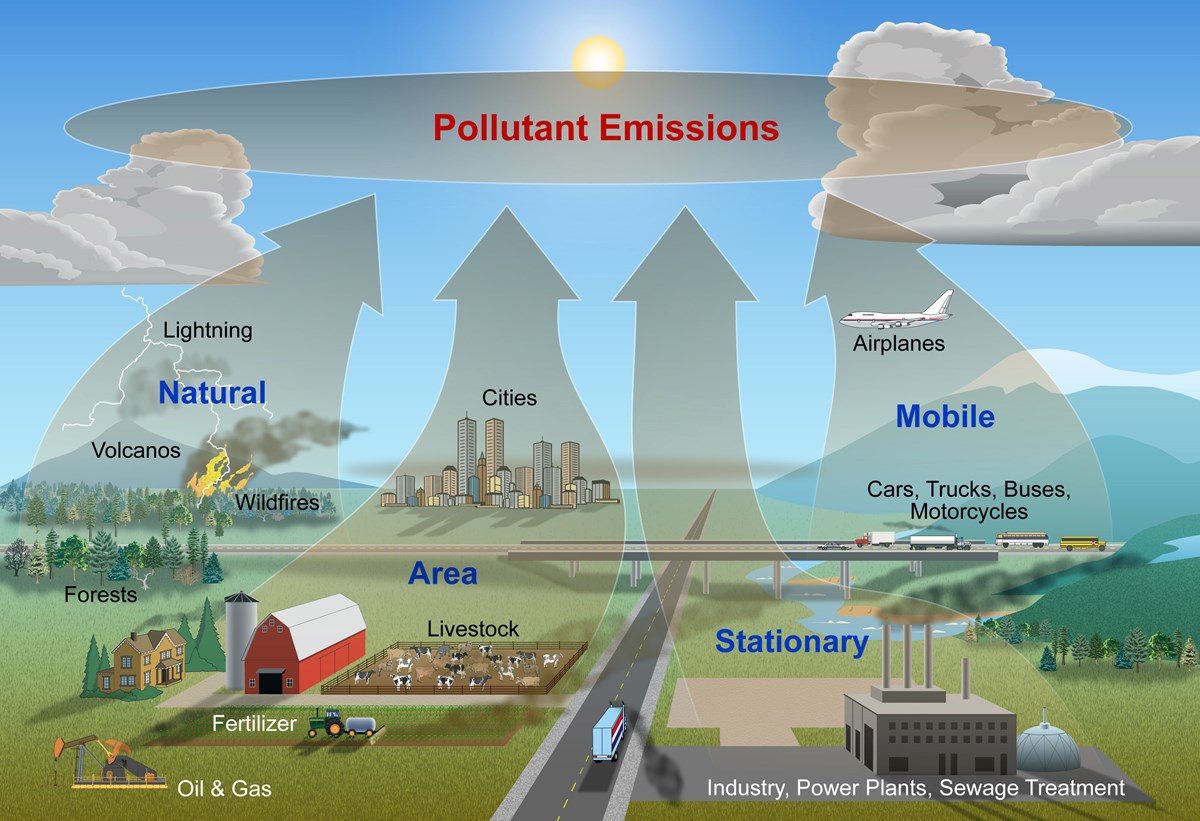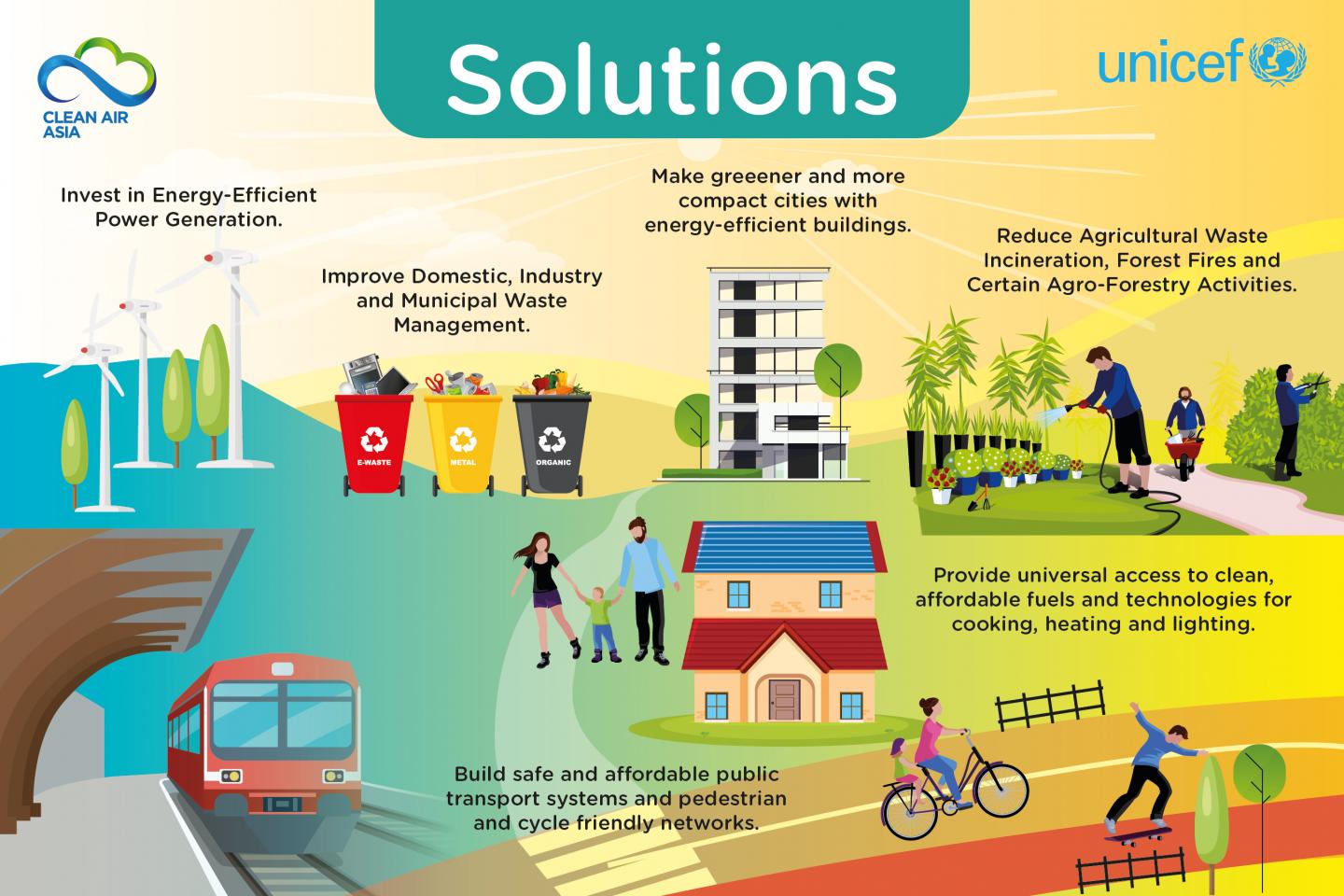Air Pollution Presentation
| Introduction to Air Pollution | ||
|---|---|---|
| Air pollution refers to the presence of harmful substances in the air that can cause harm to humans, animals, and the environment. It is primarily caused by human activities such as industrial emissions, vehicle exhaust, and burning of fossil fuels. The main pollutants include particulate matter, nitrogen oxides, sulfur dioxide, carbon monoxide, and volatile organic compounds. | ||
| 1 | ||
| Health Impacts of Air Pollution | ||
|---|---|---|
| Exposure to air pollution can lead to respiratory problems such as asthma, bronchitis, and lung cancer. It can also cause cardiovascular diseases, including heart attacks and strokes. Children, the elderly, and individuals with pre-existing health conditions are particularly vulnerable to the adverse effects of air pollution. | ||
| 2 | ||
| Environmental Consequences of Air Pollution | ||
|---|---|---|
| Air pollution can have detrimental effects on ecosystems, leading to the decline of plant and animal species. It can contribute to acid rain, which damages forests, lakes, and other aquatic ecosystems. Ozone depletion and global warming are also consequences of air pollution, leading to climate change and its associated impacts. | ||
| 3 | ||
| Sources of Air Pollution | ||
|---|---|---|
| Industrial activities, such as power plants and factories, emit large amounts of pollutants into the air. Vehicle emissions, from cars, trucks, and motorcycles, contribute significantly to air pollution, especially in urban areas. Residential sources like cooking, heating, and burning of solid fuels can also be significant contributors to air pollution in certain regions. | ||
| 4 | ||
| Solutions to Reduce Air Pollution | ||
|---|---|---|
| Implementing stricter emission standards and regulations on industries and vehicles can help reduce pollution levels. Promoting the use of renewable energy sources like solar and wind power can decrease reliance on fossil fuels. Encouraging sustainable transportation options such as public transportation, walking, and cycling can help reduce vehicle emissions. | ||
| 5 | ||
| Conclusion | ||
|---|---|---|
| Air pollution is a global problem that poses significant risks to human health and the environment. It requires collective efforts from individuals, communities, governments, and industries to address and reduce air pollution. By implementing effective measures and adopting sustainable practices, we can ensure cleaner air for present and future generations. | ||
| 6 | ||




